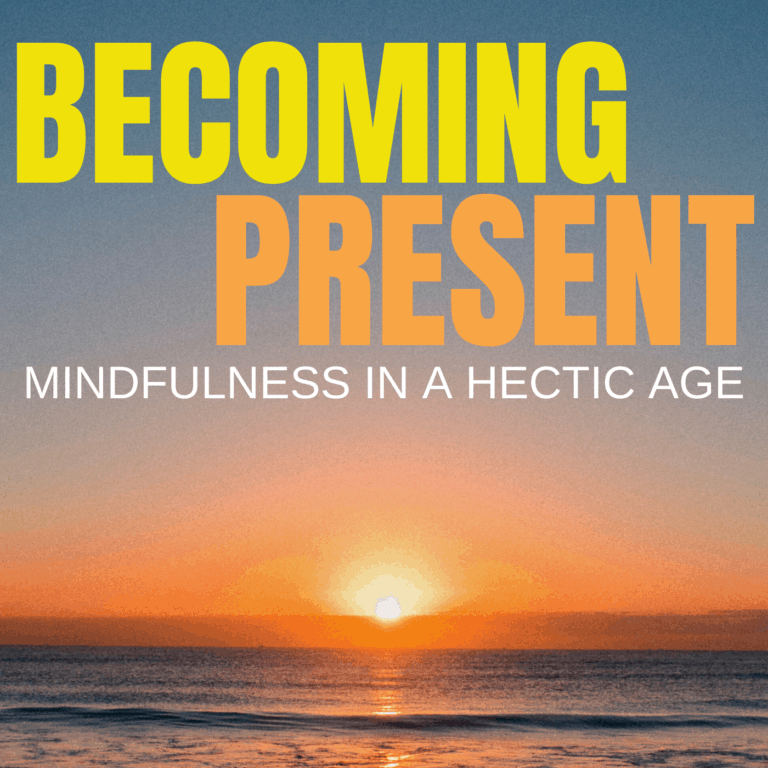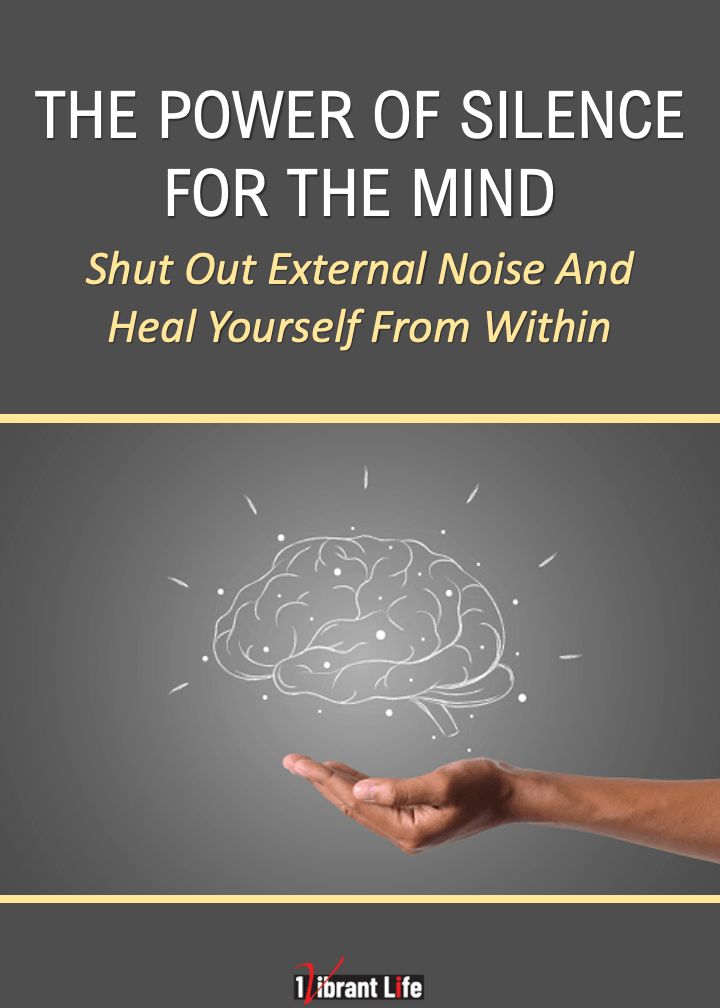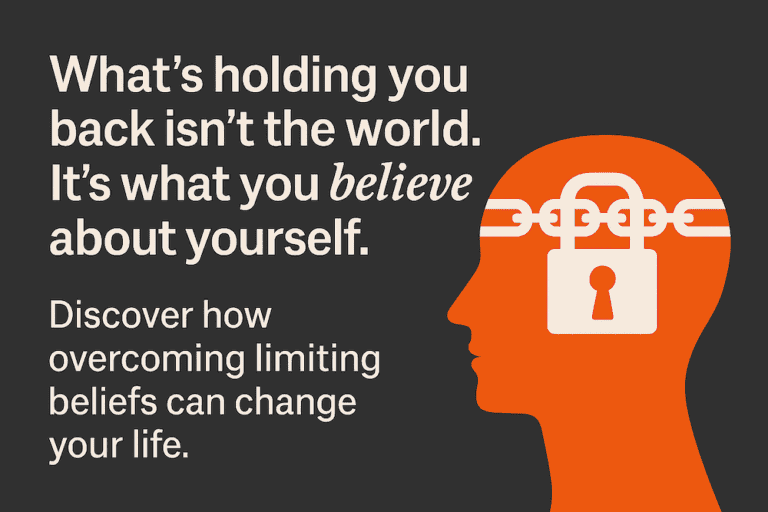Post-Traumatic Growth | Rebuilding Life After Trauma
There have been five domains of post-traumatic growth identified to define and articulate how trauma can lead to new perspectives and personal growth after trauma. 1. New Possibilities. 2. Relating to Others. 3. Personal Strength. 4. Appreciation of Life. 5. Spiritual and Existential Change.

Claire Law | September 6, 2021
Supporting Growth After Trauma
Exposure to trauma can leave humans shaken to the core.
Recent events in 2021 have brought suffering, pain, and trauma to the forefront, with 24-hours newsfeeds delivering shocking scenes of refugees fleeing for their lives and the worldwide struggles against COVID-19.
In the face of such suffering, we speak of Post-Traumatic Stress Disorder (PTSD) and the ways in which trauma can leave a person disabled from their experiences. We rarely consider the ways that growth can occur after trauma or how someone might rebuild their life after trauma.
As veterans return from Afghanistan, sometimes significantly traumatized by what they have witnessed, it can seem trite and impossible to speak of post-traumatic growth.
Yet, the latest research shows that post-traumatic growth is possible and that post-traumatic-growth syndrome is an identifiable phenomenon.
In this article, we take a close look at post-traumatic growth and post-traumatic growth syndrome, considering the features of post-traumatic growth and how we can support people towards growth after trauma.

eBook

Audio eBook

eBook
Three personal growth tools for you as a gift for visiting 1VibrantLife.com
Post-Traumatic Stress
To understand the positive post-traumatic growth that can happen after life-impacting trauma, it is essential to understand post-traumatic stress.
When humans are exposed to a threat, our “fight-or-flight” response system is triggered to help us survive and manage in the short term. This natural and helpful response to a distressing, traumatic, or frightening situation helps to keep us physically safe.
It is usual to feel the short-term effects of this response with, for example, difficulty with sleep, feeling on edge, and experiencing confusing thoughts for a few weeks following such an event.
For approximately 1-in-3 people, these symptoms continue beyond a few weeks or may begin at a later date. When symptoms are longer-lasting and continue to impact day-to-day functioning, then a diagnosis of Post-Traumatic Stress Disorder (PTSD) may be given.
The condition of Post-Traumatic Stress Disorder (PTSD) was first formally recognized in 1980, although it has been widely recognized for much longer that trauma can lead to long-term negative impacts for some people.
The World Health Organisation now also recognizes a condition termed “Complex PTSD” (C-PTSD) that can occur in people who have sustained ongoing exposure to trauma.
The APA Diagnostic and Statistical Manual of Mental Disorders DSM-5 describes Post-Traumatic Stress Disorder (PTSD) as an anxiety disorder that affects someone’s perception of fear and danger.
It is estimated 1-in-5 people who experience trauma go on to develop PTSD.
Symptoms include re-experiencing symptoms (such as flashbacks and night terrors), avoidance behavior, sleep disturbance, changes to a person’s reactivity levels, and changes to a person’s mood and/or thinking.
Diagnosing PTSD And Complex PTSD
PTSD can develop after personal exposure to actual or threatened death, serious injury, or sexual violence, where we witness such events or where we hear second-hand reports of such events.
There are a range of standard measures used to identify and diagnose PTSD and complex PTSD, including the Revised Impact of Event Scale (IES-R).
These measures focus on the negative impact of trauma upon a person’s physical and mental wellbeing. There is seldom a consideration of the ways that a person has grown, developed, or experienced positive change as a result of the trauma.
This framework focuses on trauma responses as a disorder rather than a natural and normal response to something traumatic.
It is only in recent years that there has been research-based interest in the potential for post-traumatic growth that can emerge from the struggle of facing and responding to trauma.
Indeed, whilst 1-in-5 people who experience trauma may develop PTSD, it is important to note that the majority of people who are exposed to trauma do not go on to develop PTSD.
For many of these people, they will experience the post-traumatic-growth syndrome.
The question, therefore, is, what can we learn about recovery and wellbeing after exposure to trauma from the 1-in-4 people?

Post-traumatic Growth
A key name in the psychological field of post-traumatic growth research is Richard Tedeschi, a clinical psychologist with the Boulder Crest Foundation.
Tedeschi and the Boulder Crest Foundation offer evidence-based recovery programs for combat veterans, first responders, and their families.
Tedeschi has written extensively on post-traumatic growth and post-traumatic growth syndrome and identifies trauma as a “seismic event for the belief system” and can shake or even shatter our core assumptions and beliefs about the world we live in.
Such beliefs may include previous assumptions about our own identity in terms of our vulnerability, benevolence, and capabilities. We may also question our assumptions about others because of the trauma.
Additionally, previously held assumptive positions about the predictability of life and events are likely to be challenged by trauma. In this way, we can compare trauma to a traditional “snow globe” – trauma shakes our very world, our sense of who we and others are.
Whilst trauma can be extremely distressing and life-changing, it also potentially offers a turning point in our life narrative and a chance – with appropriate support – to review previously held assumptions and to change our perspective.
The “snow” and the up-side down-ness sensation of trauma aftereffects can begin to settle, and we can come to a calmer and renewed outlook upon life. In this way, there can be potential for trauma to be growth-enhancing.
Growing and Learning from Trauma
In her best-selling and influential 2017 book, “the Choice,” Holocaust and Auschwitz concentration camp survivor, Edith Eger speaks of the ways in which she – overtime – came to grow and learn from the trauma she experienced as a child.
Despite witnessing her mother being sent to the gas chamber, despite being forced to dance in order to entertain the Nazi “Angel of Death” official, Doctor Mengele, despite almost succumbing to disease and starvation during a forced death march through Austria, Eger has found it possible to reach a place in which she views her trauma as a growth opportunity:
“Our painful experiences aren’t a liability—they’re a gift. They give us perspective and meaning, an opportunity to find our unique purpose and our strength.” ~ Edith Eger, The Choice: Embrace the Possible (2017).
In Eger’s case, it took many years of personal reflection and courageous self-examination to be at a place where she could frame her trauma as a “gift.” This journey was a process for Eger. Indeed, Tedeschi speaks of post-traumatic growth as both a process and an outcome.
The process of struggling with the aftermath of trauma can, with adequate and timely support, help to produce the outcome of post-traumatic growth.

The Five Domains of Post-Traumatic Growth
Research has identified five domains of post-traumatic growth to define and articulate how trauma can lead to new perspectives and personal development.
These are:
- New Possibilities.
- Relating to Others
- Personal Strength
- Appreciation of Life
- Spiritual and Existential Change.
These domains help us better understand the phenomenon of post-traumatic growth and the features of both the process and the outcome of recovery after trauma. Here, we take time to explore each domain in turn:
1. New Possibilities
The way in which trauma shatters and challenges our previously helpful assumptions and beliefs can allow a chance to glimpse new possibilities new ways of understanding the world, others, and ourselves.
In the short term, trauma may mean that “our relationship with existence itself is shattered“ (Greening, 1990). However, this shattering allows new possibilities to emerge through the cracks in time.
Eger frames this beautifully by writing:
“We can’t choose to vanish the dark, but we can choose to kindle the light.” ~ Edith Eger, The Choice: Embrace the Possible (2017).
2. Relating to Others
Having experienced suffering, pain, and difficulty – we know what it is to be human. No human life remains untouched by grief. With adequate support, post-traumatic growth can lead us to a place where we can connect and empathize with others experiencing pain.
In Eger’s case, she trained as a clinical psychologist to support and help others and has contributed to extensive work with the U.S. military, treating American veterans of wars in Vietnam, Iraq, and Afghanistan. She has also helped set up shelters for female victims of domestic abuse.
Her personal experience of trauma allows her to identify and empathize with others.
3. Personal Strength
There’s no doubt that recovery from trauma and the process and outcome of post-traumatic growth is challenging. Yet, when we are faced with a challenge, we can have a chance to see and better understand what we are capable of.
It is in darkness that we glimpse our light. Again, Eger writes:
“I want you to hear my story and say, “If she can do it, then so can I!” ~Edith Eger, The Choice: Embrace the Possible (2017).
In the struggle to adapt to a new reality following trauma, growth and an increase in awareness of personal strength can occur.
“It is the individual’s struggle with the new reality in the aftermath of trauma that is crucial in determining the extent to which post-traumatic growth occurs.”
~ Tedeschi & Calhoun (2006).
4. Appreciation of Life
A close brush with death, a realization that we have survived some horror, threat, or extreme violence can lead us to appreciate life.
Again, this is a process and can take time. Yet, with adequate and appropriate support, it’s possible for a trauma survivor to gain a renewed sense of life’s beauty and wonder.
Cancer survivor, Richard Price, writes of his sense of appreciation and that he is aware of being “thankful for air” (Price, R. (1994). A Whole New Life).
5. Spiritual and Existential Change.
Finally, post-traumatic growth can – with time – result in spiritual and existential change. We are given an opportunity to question and wrestle with the essence of what life means to us and the very purpose of our own existence.
The process of traumatic growth and recovery can result in changes in our core beliefs about spirituality and what we want to do with what U.S. poet Mary Oliver calls our “one wild and precious life” (1992).
In a research article focussing on growth after trauma, Daniel Pitchford writes about the life choices and questions presented because of trauma:
“I had to freely choose whether or not to take risks in my own life, to take responsibility for those risks, or to remain in a state of comfort, avoidance, and security. I knew that if I were to avoid risks, I could potentially miss out on discovering further potentialities about myself.”
~ Pitchford, D. B. (2009). The Existentialism of Rollo May: An Influence on Trauma Treatment
So, in the quest to explore the phenomenon of post-traumatic growth, we’ve recognized that PTSD is not inevitable.
While trauma is distressing, shocking, and impactful, it’s helpful to consider that, as people struggle to survive, there is the possibility for real growth.
So often, much of this growth relates to adequate support that equips people to engage with the process and eventually the outcome of post-traumatic growth.
This is a powerful argument to support adequate and timely support for anyone impacted by trauma.
References:
American Psychiatric Association. (2013). Diagnostic and statistical manual of mental disorders (5th ed.). Arlington, VA: Author
Calhoun, L. G., & Tedeschi, R. G. (Eds.). (2006). Handbook of post-traumatic growth: Research & practice. Lawrence Erlbaum Associates Publishers.
Eger, E. E. (2017). The choice: Embrace the Possible. New York: Scribner.
Greening T. (1990). PTSD from the perspective of existential-humanistic psychology. Journal of Traumatic Stress. 3(2):323–326.
Oliver, Mary. (1992). The House of Light. Beacon Press.
Pitchford, D. B. (2009). The Existentialism of Rollo May: An Influence on Trauma Treatment. Journal of Humanistic Psychology, 49(4), 441–461.
Price, R. (1997). A Whole New Life: An Illness and a Healing. Remedial and Special Education, 18(3), 188–189.

Claire Law is a UK-based Counsellor and Psychotherapist from Preston, Northern England. Claire became a therapist after a career of almost two decades of High School teaching experience. She’s also worked extensively in the Social Care and Charity Sectors, and as a Mental Health Advisor in Higher Education. Claire combines her current Psychotherapy practice with freelance writing on Mental Health, well-being, and Psychology topics. She has a passion for Social Justice and environmental causes.
Claire holds a degree from Nottingham University, a Post Graduate Certificate in Education from Leeds Trinity University College and a Post Graduate Diploma in Integrative Psychotherapy from the University of Central Lancashire. She’s completed a wide range of extensive training and certifications in Domestic Abuse, Survivors of Sexual Abuse & Sexual Violence, Suicide and Self-Harm, Expressive Arts Therapy, Gender Variance, Online and Telephone Counselling and Polyvagal Regulation developed by Stephen Porges, a professor of psychiatry at the University of North Carolina and “Distinguished University Scientist” at Indiana University.

My Name is Marty Ward and I’m the creator and publisher of the 1-Vibrant-Life blog.
On March 8th, 1984, at the age of 26, I sustained a traumatic brain injury in a car accident while driving to my day job.
After the accident, I was unable to perform or play my instrument for months and the group I had been in on Star Search had disbanded.
I was out of work, my musical career ripped out from under me, I’d lost all confidence and belief in myself, and my life was adrift with no real sense of direction.
However, my injury and my recovery led me down a path of self-improvement, and self-discovery which gave me my life back filled with a newfound sense of hope. Learn more about my story on the 1-vibrant-life about page.
CBTCP Certification (Cognitive Behavioral Therapy Certified Practitioner) | 10-16-2021 Certification From The Academy of Modern Applied Psychology, in The Transformative Science of Cognitive Behavioral Therapy, CBT



